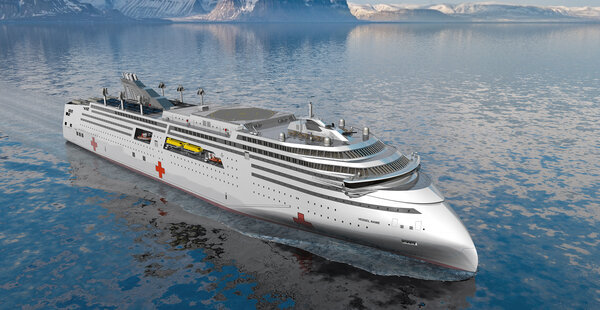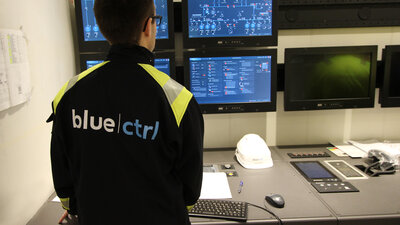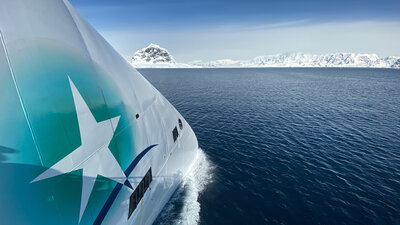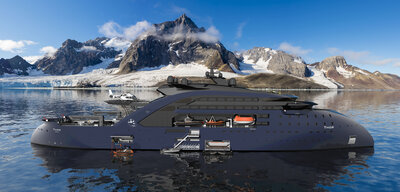
Emergency situations can stem from natural disasters which include random, non-predictable natural disasters, seasonal events and longer-term situations, or from human-initiated events. The number of natural disasters is rapidly growing, reaching over 800 serious incidences in 2018, four times as many as there were experienced in the 1980s. Accidents relating to ships in operation also represent an emergency target for hospital ships.
Ulstein has identified five types of emergency support vessels. These vessels are purposely built or converted to perform emergency support operations as their primary activity, or deployed in emergency situations as backup and extra support, making use of some of their functionality such as cargo carrying, firefighting, and mobility functions. Such vessels can provide supplies of power, provisions and medicines.
Concept vessel 'ULSTEIN THOR': Replenishment, Rescue and Research
Hospital ship
Emergency support vessels can also function as hospital ships. The term hospital ship covers a range of functionality and services that are needed in emergency situations, with its primary function being a hospital or medical treatment facility.
Case study on Emergency Support Vessels - conversions and purpose designs.
Ulstein has explored the conversion of existing laid-up tonnage as well as purpose design.
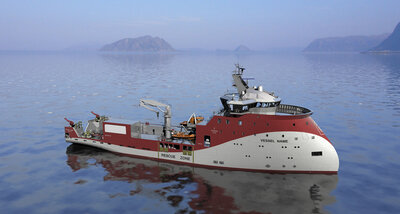
The flexibility of Ulstein's existing ship design portfolio means that several of our ship designs can be used for emergency situations, either directly, such as standby emergency support vessels, or by minor conversions. A platform supply vessel can easily be complemented with emergency support capability on a permanent basis or a quick mobilisation of temporal medical aid on the weather deck.
Case study Emergency Support
The best way to handle a crisis is to be prepared. The crisis can be sudden and unexpected, or predicted and expected. If many people get sick or hurt, the need of extra treatment facilities will soon emerge. In coastal areas, floating resources can be swiftly relocated.
